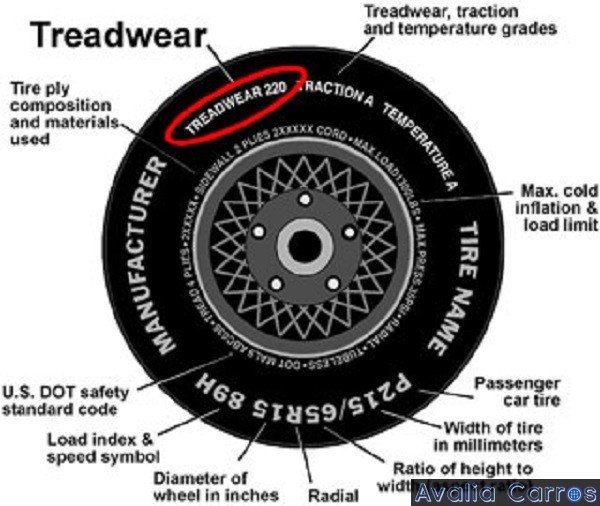There's no definitive answer for how long your tyres should last, but it’s recommended that you should always replace your tyres once they are ten years old. The advice for how many kilometres your tyres last varies widely from 10,000 to 50,000 kilometres.
The lifespan of your tyres will vary depending on a number of factors including:
Even if your tyres look like they're in good condition, it’s recommended you replace them after ten years from their manufacture date. This includes spare tyres. Even if you think your tyres could last a little longer, it’s better to be safe than sorry.
Regardless of how far you drive, once your tyres are five years old you should get them checked yearly. After five years a tyre will begin to deteriorate, as it dries out and the rubber loses its suppleness. This happens whether you drive a lot or very little, and also affects your spare tyre. Your mechanic should check your tyres as part of your regular service, or you can get them checked at a tyre shop. Many tyre shop offer a free tyre health check.
There are some easy ways to check your tyre's condition, as well as some simple steps to lengthen their lifespan so you can save money on tyre replacements.
Tyre tread is the rubber on the tyre that makes contact with the road or ground. The grooves on your tyres is the tread pattern. The tyre tread is the raised section that touches the ground when you drive.
As a tyre ages and wears down, the tread is worn off. This reduces its effectiveness and safety. The grooves in the tread are specially designed to keep you safe in a range of driving conditions. In fact, there are a variety of different tread patterns for this reason: some patterns are optimised for driving on snow, or to reduce noise or increase grip.
In fact, there are a variety of different tread patterns for this reason: some patterns are optimised for driving on snow, or to reduce noise or increase grip.
The grooves in tyres also allow water to be expelled to prevent hydroplaning. If the depth of the grooves wear down too far, your tyres can’t expell all the water they encounter. This creates a thin barrier of water between the tyre and the ground, causing the car to skid across the wet road.
An easy way to check your tread pattern is to put a coin into the groove to see how deep it is. If you stick a 20 cent coin in and the tread isn’t touching the platypus’ bill, it’s too shallow. You can also check by running your hand over the tread and making sure you can feel all the grooves.If you aren’t sure, take your car to a tyre shop for a checkup.
Look for a tread wear indicator on your tyre, usually marked by a triangle on the sidewall of the tyre. Inside one of the grooves in line with that triangle, you will see or feel a raised section which indicates the minimum depth of the tread. If the rest of the tyre is level with this raised section, your tyre is due for replacement.
If the rest of the tyre is level with this raised section, your tyre is due for replacement.
We organise the technology, damage cover and support so you can safely rent out your car and earn an income.
Park your car away from direct sunlight. This will minimise the damaging effects of UV rays on the rubber. If you don’t have an indoor parking spot, try to park in a shady area.
Check that each tyre is wearing at a similar rate. To keep your tyres wearing evenly, rotate them regularly – including the spare if it’s a full sized tyre – so that the front tyres are placed on the rear of the car and vice versa. You should do this every service or every 10,000 kilometres. Your front tyres will wear more quickly because of the position of the steering, so it’s important to rotate them regularly to spread the wear evenly.
Your wheel alignment will affect how long your tyres should last, and the way your car handles. Your mechanic should do this as part of your regular service, but if you're concerned that your wheel alignment is off, take it in to the mechanic or tyre shop for a check and re-alignment.
This should be obvious, but drive carefully. Don’t be a wannabe stuntman: aggressive cornering, burnouts and hard braking will all wear your tyres down quickly (not to mention the safety concerns).
Aside from the safety and legal issues, higher heat generated from high speeds wears tyres prematurely.
The heavier your car, the more pressure you are putting on your tyres, so don’t overload it by driving around with a boot full of junk. Make sure to remove any heavy items you don’t need in your car.
It’s easy to find your tyre’s correct correct operating pressure, usually measured in pounds per square inch (PSI). Check inside the driver’s door: there should be a placard there that will show the front and rear tyre pressure recommendations. Depending on the car, these may be different. If the placard isn’t in the driver’s side door frame, look inside the fuel door, the glove box or your car’s manual.
Check inside the driver’s door: there should be a placard there that will show the front and rear tyre pressure recommendations. Depending on the car, these may be different. If the placard isn’t in the driver’s side door frame, look inside the fuel door, the glove box or your car’s manual.
Check your tyre’s current pressure by heading to a petrol station with a tyre inflation service. Many of them offer it for free, or sometimes you may need to pay a dollar or two to use it. Attach the hose to the valve on each of your rims and the machine will do the rest of the work. Depending on the machine, you can either set the PSI you want, or manually fill it. Aim to check your car's tyre pressure monthly.
Bonus Tip:Take the valve caps off your tyres before putting your money in the machine to avoid running out of time!
It’s important to remember that there is no one final answer to how long tyres last. If you aren’t sure if your tyres are roadworthy, take them to a professional to get them checked.
If you aren’t sure if your tyres are roadworthy, take them to a professional to get them checked.
Before we begin, there are a few things to remember.
Now that's out of the way, let's talk about how often you should be changing your tyres.
The answer to this question depends on a few factors, from how often you drive, what type of driving you do & what type of vehicle you have all the way to what brand of tyres you currently have installed. Below, we've given an approximate guide to when you should look to change your tyres depending on a variety of circumstances.
Below, we've given an approximate guide to when you should look to change your tyres depending on a variety of circumstances.
It's important to remember that there is a difference between tyre rotation & tyre replacement. A tyre rotation swaps the front and back tyres over so that all tyres wear down evenly, as the front tyres do more work than the back tyres, particularly in front-wheel drive vehicles. Tyre rotations should be conducted at least once a year, with some manufacturers even suggesting a rotation every 10,000kms.
A tyre replacement is as simple as it sounds - replace all tyres with new ones at the same time. We recommend replacing all tyres at once, as having a mix of old and new tyres can create safety issues and balance problems.
Answer: Rotate every year, replace every 5 years
There's a debate about whether motorway or city driving is better for cars in general. For your tyres, however, driving in a city is more likely to wear your tyres faster than flying down a motorway at 100km/h.
For your tyres, however, driving in a city is more likely to wear your tyres faster than flying down a motorway at 100km/h.
Most of us would prefer to drive to work. Driving to work is nicer than getting public transport, even with the pains of finding affordable parking. While metro driving is generally low speed, it comes with lots of starting, stopping, breaking & turning. While the low speeds generally help tyres last longer, the work done by the wheels and tyres can actually speed up the rate of wear.
At any rate, it's recommended to have your tyres rotated by a specialist at least once a year to avoid uneven wear between the front and rear tyres. City driving tends not to cover a huge distance, so we recommend completely changing your tyres every 5 years at a maximum, or sooner if you notice the tyre tread has reached the tyre wear indicator within the tread pattern. If you are unsure how to read the tyre wear indicator or you just want that extra peace of mind, visit your local Tyreright service centre for a free tyre safety check.
Answer: Rotate every year, replace every 40,000 - 50,000 KMs
As mentioned above, motorway driving is actually better for your tyres, but keep in mind that higher speeds tend to create more friction wear on tyres, so if you're regularly travelling 100km/h or more, you may want to change your tyres sooner.
Motorways tend to be better maintained, and the consistent speeds coupled with minimal turns and lesser chance of significant braking means motorway driving generally helps tyres last longer than metro tyres.
Some tyres, such as specially-designed highway tyres, can last for up to 10 years while improving fuel economy and ride comfort. We still recommend getting your tyres checked annually by a specialist, however, as a worn tyre at high speeds can lead to disaster.
Answer: The cheaper the tyre, the sooner it'll need replaced
You get what you pay for with tyres. It's better to consider how much you paid for your tyres as opposed to what brand they are. Generally, the more expensive the tyre, the longer it will last. More expensive tyres also tend to handle better, have lower road-noise, and have better stopping ability.
It's better to consider how much you paid for your tyres as opposed to what brand they are. Generally, the more expensive the tyre, the longer it will last. More expensive tyres also tend to handle better, have lower road-noise, and have better stopping ability.
During a Canstar tyre review, Dunlop, Michelin & Goodyear tyres all came out on top for overall durability. During Choice tyre tests GT Radial tyres took the top recommendation six times over six years, and are the only tyres in Australia offering a free 5 year replacement guarantee and a 30 day test drive satisfaction guarantee.
Budget tyre brands such as the Bob Jane All-Rounders or imported brands from Asia, (Roadone, Double Coin, Onyx etc. ) are quite a bit cheaper than the likes of Dunlop, Michelin & GT Radial. As a result, they are popular with drivers who are looking for cheaper ways to run their cars. Keep in mind, however, that these cheaper tyres should really be rotated every 10,000kms, and replaced every 3-4 years or as advised by visiting your local tyre expert.
Answer: Every 3-5 years maximum.
Tyres wear even when they aren't being used, so just because you don't use your car often doesn't mean your tyres will last significantly longer. Rubber compounds in the tyre start to break down after five years, which is why tyres have a date of manufacture stamped into the sidewall. There are two things to consider when thinking whether your tyres need replaced here:
Climate - if you live somewhere with extreme temperatures or weather, this can affect how long your tyres last. Exposure to sunlight can also impact tyre lifespan, so where possible, we recommend keeping your vehicle garaged or undercover when not in use.
Maintenance - cars that are rarely used can also be rarely maintained. Everything from brake pad wear, tyre pressures, to vehicle fluids can be forgotten if a vehicle isn't used much, or used for very short journeys. Consider how often you've actually checked your own tyres and tyre pressures.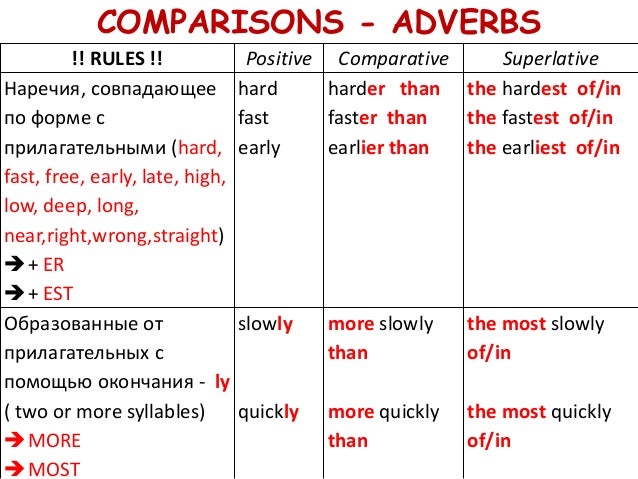 If quite some time has passed, we recommend taking your car to a specialist. Find a Tyreright franchise near you by visiting our store locator page.
If quite some time has passed, we recommend taking your car to a specialist. Find a Tyreright franchise near you by visiting our store locator page.
Answer: It varies.
SUV tyres are larger and tend to be capable of carrying a higher load limit than passenger car tyres, so it's difficult to compare the lifespan between the two. It's worth considering other factors such as the ones listed above before considering whether you should replace your tyres simply because of what type of car you use.
Generally, because SUVs tend to carry more weight than passenger cars, it's worth getting them checked every year and be prepared to replace them every 50,000 - 75,000 KMs, or every 5 years, whichever comes first.
There’s really no substitute for having your tyres regularly checked by a professional, even if you’re confident your tyres look fine. Regardless of your vehicle type, driving style, or tyre brand, Tyreright has some of the best prices across a range of styles & manufacturers. To book a time to have your tyres checked over, head to our store locator page and find the Tyreright closest to you. Alternatively, head here to find out more about the tyres available for your vehicle.
Regardless of your vehicle type, driving style, or tyre brand, Tyreright has some of the best prices across a range of styles & manufacturers. To book a time to have your tyres checked over, head to our store locator page and find the Tyreright closest to you. Alternatively, head here to find out more about the tyres available for your vehicle.
Car tires - an elastic shell mounted on a disc rim. It is the tires that dampen the small vibrations that occur due to imperfect roads and compensate for the inconsistency in the trajectories of the wheels. The characteristics of tires affect: driving comfort, maneuverability and vehicle stability. However, even the highest quality rubber eventually deteriorates. Therefore, every driver should know how to correctly determine the degree of tire wear in order to replace them in time. Car and truck tires have different periods of use, depending on both the initial characteristics of the products and the operating conditions.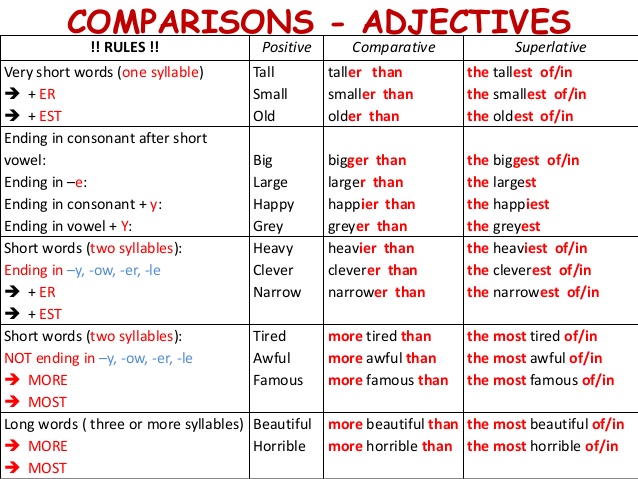
Tires wear out not only due to operational loads. They are characterized by natural aging, since the rubber compound from which the tires are made gradually loses its elasticity and resilience. The use of such rubber leads to a deterioration in vehicle controllability and creates dangerous conditions due to the high probability of tire rupture on the way.
In accordance with GOSTs 4754-97 and 5513-97, the warranty period for car tires is 5 years. Foreign manufacturers claim that the service life of tires is 5-10 years. There are no legislative acts obliging drivers to change tires after this period, but in order to create safe driving conditions, the driver must take into account the recommendations of GOST. Manufacturers usually set their own warranty periods.
Michelin, Bridgestone, Nokian, Continental, Dunlop, Pirelli, Yokohama:
| Brand | Warranty period declared by the manufacturer |
| Bridgestone | Tire dependent - 3-6 years |
| Nokian
| 5 years |
| Continental | 10 years old |
| Dunlop | Tire dependent |
| Pirelli | Tire dependent |
| Yokohama | 5 years |
| Michelin | 10 years old |
During the warranty period, the responsibility for identified significant defects rests with the manufacturer.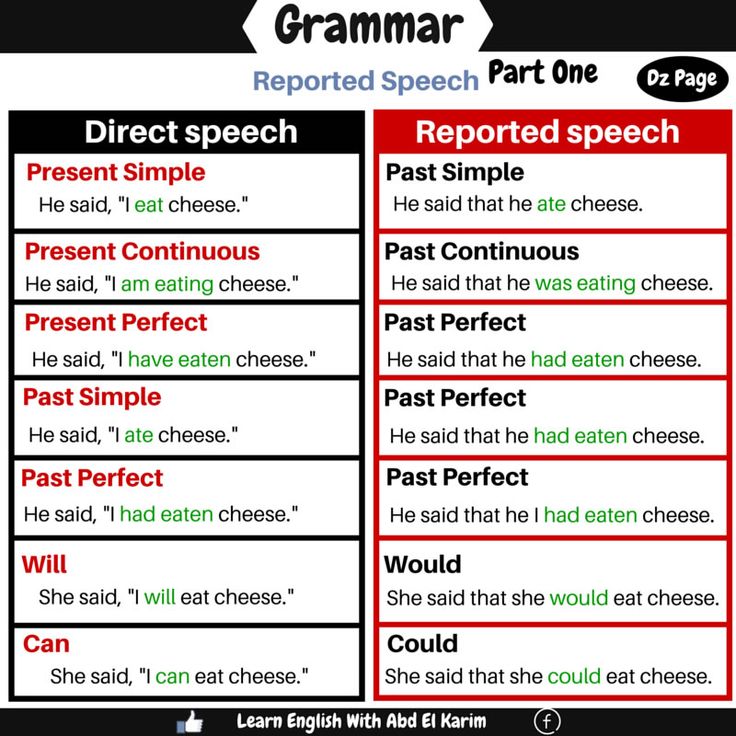 The owner of the vehicle will be forced to eliminate defects on his own if there have been:
The owner of the vehicle will be forced to eliminate defects on his own if there have been:
If the vehicle is used intensively, it may be necessary to replace the tires before the end of the warranty period. Therefore, regulatory documents establish the mileage after which you should think about replacing tires.
Therefore, regulatory documents establish the mileage after which you should think about replacing tires.
The maximum standard mileage is:
The actual rate of tire wear may differ from the standard values due to a whole list of factors, such as:
 Low-quality products under the influence of abrasive particles wear out very quickly.
Low-quality products under the influence of abrasive particles wear out very quickly. You can determine the need for tire replacement yourself by the following signs:
Table of minimum allowable tread depth for different modes of transport as amended on 01/01/2015
| Minimum allowable remaining tread depth | Type of transport |
| 0.8 mm | L - motorcycles, mopeds, quad bikes |
| 1. | N2, N3, O3, O4 - trucks with a maximum permissible mass of more than 3.5 tons and trailers with a maximum permissible mass of more than 3.5 tons |
| 1.6 mm | M1, N1, O1, O2 - cars, trucks and trailers with a maximum authorized mass of less than 3.5 tons |
| 2.0 mm | M2, M3 - buses |
| 4.0 mm | Winter tires marked M+S, M&S, M S, the residual tread depth does not depend on whether tires are installed on cars or trucks |
 If it does not exceed 50% of the original value, then the tires must be replaced.
If it does not exceed 50% of the original value, then the tires must be replaced. Important! If the outer edges of the tire wear faster, the internal pressure is insufficient. Accelerated wear of the central part indicates excessive pressure. Wear on one side indicates a violation of the toe angle. Uneven surface wear is evidence of aggressive driving with rapid acceleration and hard braking.
You can extend the life of your tires by doing the following:
Normative document regulating the terms and conditions of tire storage - GOST 24779-81.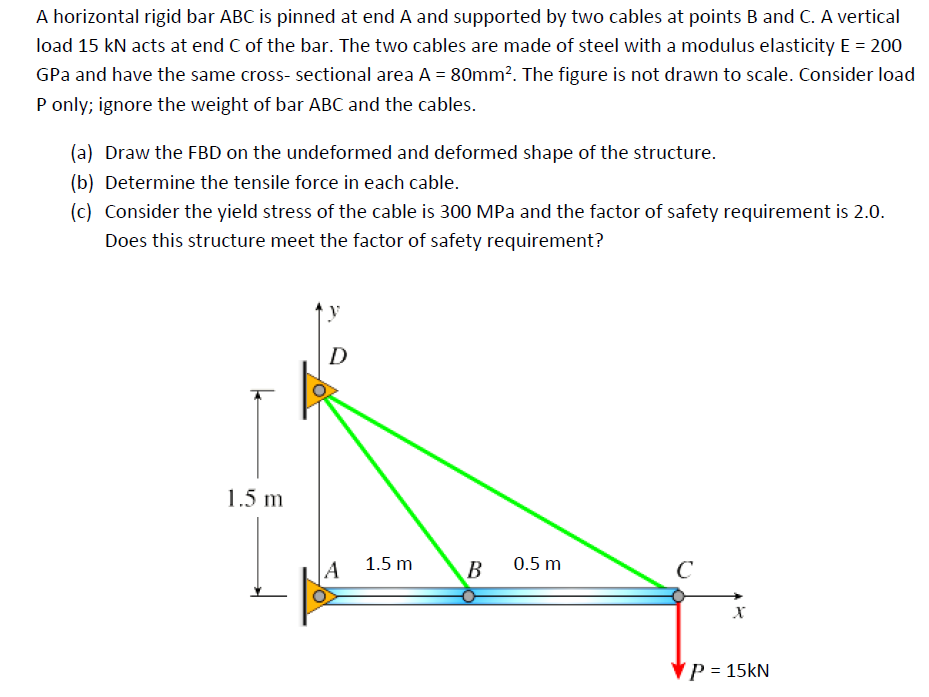 However, it is believed that when standard storage conditions are created, after 5 years of storage, tires retain the characteristics corresponding to the properties of a new product. If this period is exceeded, product characteristics may decrease.
However, it is believed that when standard storage conditions are created, after 5 years of storage, tires retain the characteristics corresponding to the properties of a new product. If this period is exceeded, product characteristics may decrease.
Basic requirements for a room intended for storage of tires:
Previous article↑ ArticlesNext article
According to manufacturers, car tires should last up to 10 years, but this is the maximum period. The recommended service life of tires is no more than 5-6 years - in practice, after such a time, it is necessary to change the rubber, since it loses its consumer properties. This is very important, as is seasonal replacement, as worn tires greatly increase the risk of an accident, especially on wet or icy roads.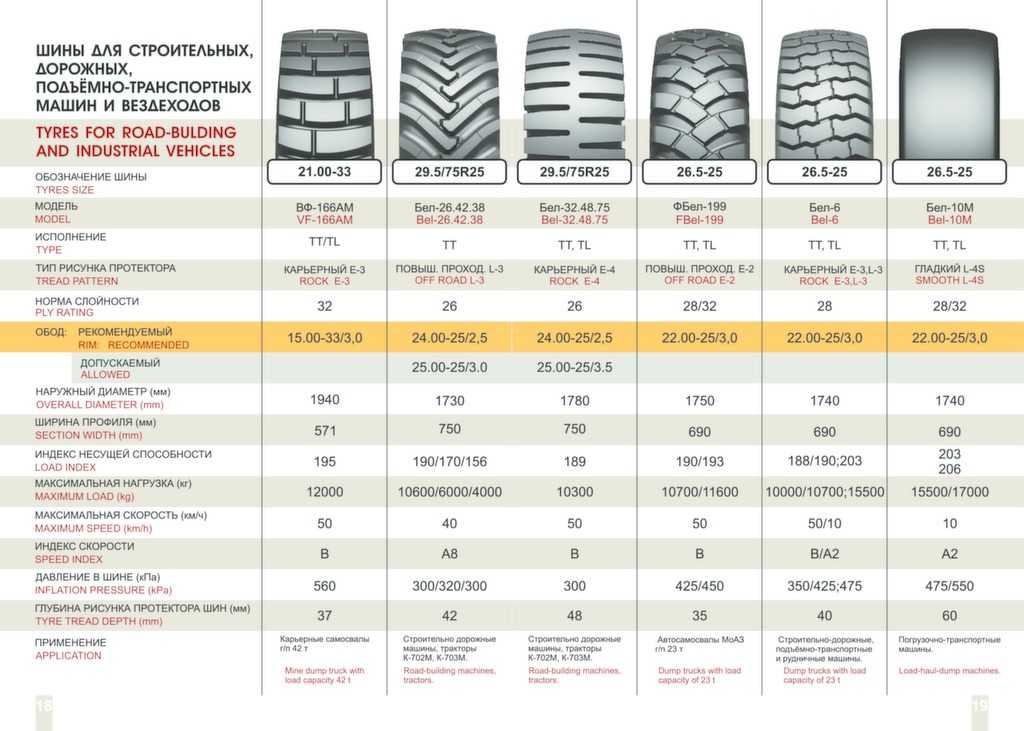 Where you can confidently drive at a speed of 70–80 km/h on new tires, it is easy to lose control on worn tires already at 55–60 km/h. Therefore, every motorist needs to know about the service life of tires so that the operation of the car is not only comfortable, but also safe.
Where you can confidently drive at a speed of 70–80 km/h on new tires, it is easy to lose control on worn tires already at 55–60 km/h. Therefore, every motorist needs to know about the service life of tires so that the operation of the car is not only comfortable, but also safe.
The specified service life of 5–6 years is rather arbitrary. More important is not the date of issue of rubber, but the degree of daily wear and mileage .
The main factor influencing tire life is the vehicle type , which determines its load capacity. We are talking about what the maximum load a car can carry and whether its tires can withstand, which can be understood by their load capacity index.
Overloading the machine by 20% shortens the life by 30%, so the vehicle must not be allowed to carry loads that exceed its carrying capacity.
In addition to the type of car, the list of factors affecting the service life of tires of any type includes:
 If the tire is too wide when cornering, the friction increases, causing wear to occur faster. The same applies to low-profile tires, which, when driving over bumps, absorb shocks less and negatively affect the disk and the suspension as a whole.
If the tire is too wide when cornering, the friction increases, causing wear to occur faster. The same applies to low-profile tires, which, when driving over bumps, absorb shocks less and negatively affect the disk and the suspension as a whole. It is necessary to control the optimal pressure in the tires of your car during all seasons.
 The front (driving) wheels wear out more. This explains the recommendation that after 10-15 thousand kilometers the tires must be rearranged to another axle.
The front (driving) wheels wear out more. This explains the recommendation that after 10-15 thousand kilometers the tires must be rearranged to another axle. Regarding the correct rearrangement of tires, we prepared a separate and detailed material, which you can find at the link.
 Otherwise, their service life is reduced due to deterioration in performance.
Otherwise, their service life is reduced due to deterioration in performance.
Based on the list of influencing factors, we can conclude that reduces the life of tires:
Critical tire wear can be determined by special indicators that are carried out during tire production. These are transverse protrusions (lintels), reaching a height of 1.6 mm.
When the indicators become visible, the tire has begun to wear out.
Indicator location is indicated on the sidewall of the tire using the symbols in the shape of a triangle or the letters TWI meaning Tread Wear Indicator (i. e. "tread wear indicator").
e. "tread wear indicator").
Critical tire wear is indicated by:
Summer and winter, passenger and truck tires have their own minimum residual tread depth, which is determined by wear indicators. You can measure this value with a special depth gauge: if it is below the set limit, then the rubber needs to be replaced.
Difficulty in measuring occurs when uneven wear occurs. In this case, it is necessary to determine the suitability of rubber in the area where wear is most pronounced . When the tread edge wears out on one side, we can speak of a violation of the toe-in angle . In this case, you need to contact the service station.
Tires also have numbers that wear out as they wear out, which also helps determine the degree of wear.
Learn more about the types of wear and what it can threaten in the article.
The average carrying capacity of passenger cars is 2 tons , and the tire mileage is about 45 thousand km. Depending on the driving style, the characteristics of the car itself and the season, you can drive on passenger tires from 40 to 70 thousand km .
Summer tires tend to last longer than winter tires because the operating conditions are less severe. All that summer tires can face on the road is high temperatures, hot or wet asphalt. The last to be determined is the safe value of the residual tread depth - for summer tires it is 1.6 mm . With a shallower groove depth, water drainage becomes impossible. Although the behavior of the tire on the road becomes unsafe already at a tread depth of about 3 mm.
Summer tires are more rigid than soft and elastic winter tires. The peculiarity of the composition and less difficult operating conditions explain the longer service life: an average of 5-6 years with careful driving on a flat roadway.
Winter tires are given much less time and almost always fail due to tread wear, because the tread of a new tire is 7-8 mm, and only 3-4 mm of working height remains.
In the case of studded tires, very few metal elements are retained with such wear, so it can no longer provide proper road safety.
Friction (not studded) tires with similar wear also lose most of their performance.
In reality, winter tires have an average mileage of not exceeding 30,000 km .
Some motorists decide to re-roll "bald" tires in the summer, but this is dangerous, because the grip on the heated road surface will be very low.
So, the service life of winter tires differs depending on their type:
You can find detailed recommendations on choosing winter tires for your car here.
Residual tread depth for winter passenger tires is 4 mm . The value was chosen taking into account the fact that to ensure safe driving on winter roads: snowy, icy, covered with wet snow. In the latter case, a phenomenon akin to aquaplaning occurs - slashplaning, i.e. sliding on snow slush (slush), which occurs at speeds above 50 km / h. The wheels seem to "float" over the road at high speed.
The tread must have sufficient height to ensure that the slush is quickly removed from the contact area with the road. This is due to the fact that the thickness of the layer of wet snow can be several centimeters. Grooves that are too shallow just won't do the job.
This is due to the fact that the thickness of the layer of wet snow can be several centimeters. Grooves that are too shallow just won't do the job.
It has also been proven that directional tread tires resist slashplaning better. The direction of rotation is usually indicated by an arrow and the word Rotation.
Light truck tires are designed for light trucks, pickups, buses and light commercial vehicles that have load capacity from 2 to 4 tons . The average mileage of the tires used on them is 60 thousand km . This is due to the fact that such tires belong to the category of commercial tires with a reinforced structure.
To prolong the life of your light truck tires, we recommend checking the pressure at least once a week, preferably every morning before driving. Measurements must be made on cold tires , i.e. not less than 3 hours after the end of the trip.
The choice of the right tire size depending on the season also helps to increase the resource: appropriate wide models are more suitable for summer, and winter and narrower ones are better in winter.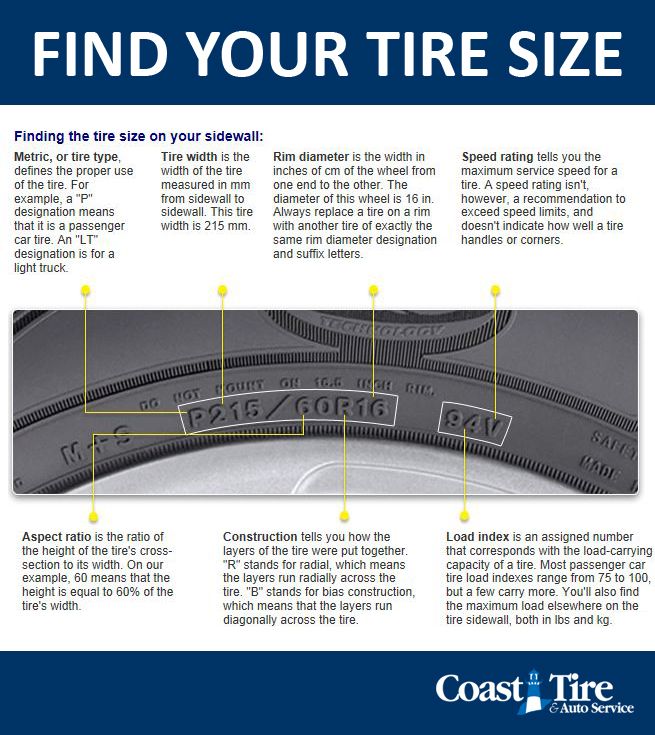
Trucks have the largest load capacity - more than 4 tons . Accordingly, their rubber has the greatest resource, which is 65–70 thousand km . In this case, the residual tread depth is 1 mm .
Increased wear resistance is due to the fact that truck tires are primarily designed for intensive use, often daily throughout the year. The decisive role in the service life of such tires is played by:

The issue of service life for such tires is also important because it affects the cost per kilometer (CPC), which is important for assessing the effectiveness of rubber, optimizing fleet costs and determining the profitability of freight transportation. Recall that the indicator is calculated according to the following formula:
UPC = (Tire cost + Maintenance costs - Carcass price) ÷ Mileage (km).
From the formula it becomes clear: the greater the tire mileage, the lower the UPC, which means more profitable freight transportation. Therefore, companies conducting such activities seek to increase the resource of tires. This is possible by following the basic recommendations that are suitable for all tires:

When choosing truck tires, you need to take into account the operating conditions of the truck and the category of goods transported, depending on what they buy:
It also matters the type of axle where the tires will be installed: trailer tires cannot be put on the steering axle due to the incorrect operation model and the load calculated by the manufacturer. These actions can not only significantly reduce the life of the tires, but also be dangerous for driving on the roads.
It is equally important to follow the recommendations for driving, in particular, do not drive at high speed with a heavily loaded car, move smoothly, do not accelerate too quickly.
For agricultural machinery, tire life is just as important as for trucks.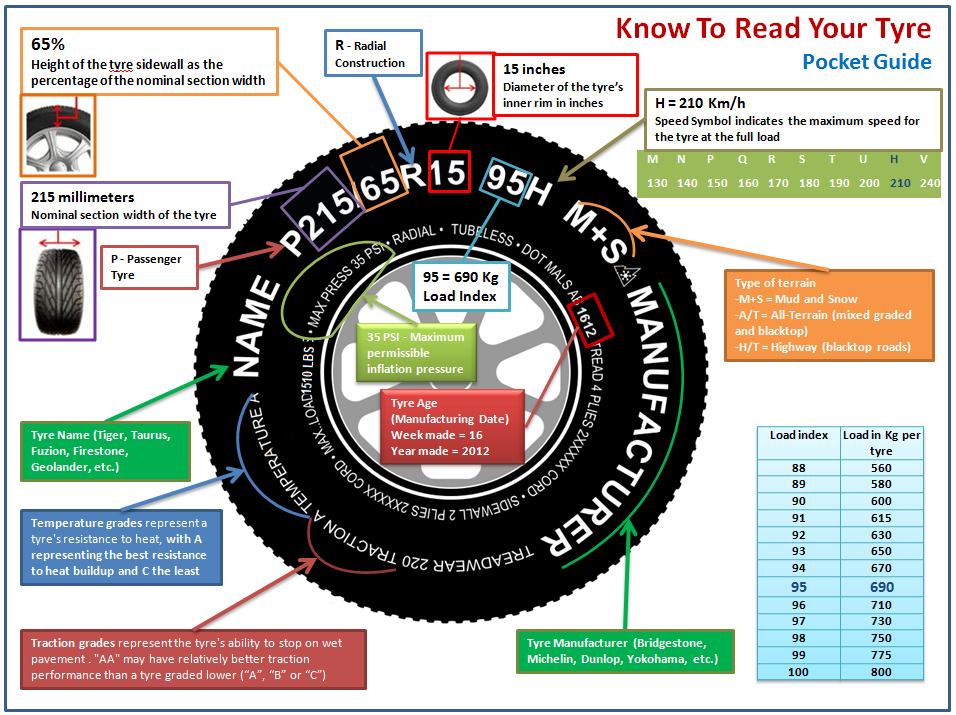
The cost of operating rubber here reaches 20% of the total cost of per car. And during the service life of equipment , rubber has to be renewed 3-4 times .
Due to the operation in difficult field conditions, tires for agricultural and special equipment have an increased resource. High wear resistance is provided by a multi-layer construction (6–24 layers) of the sole and sidewalls, reinforced reinforcement, a special tread compound and stiffeners.
But even with a special design, tires for agricultural machinery usually last less than for passenger cars - sometimes is less than 5 seasons , which is explained by difficult operating conditions. To extend the service life, you must follow a number of rules:
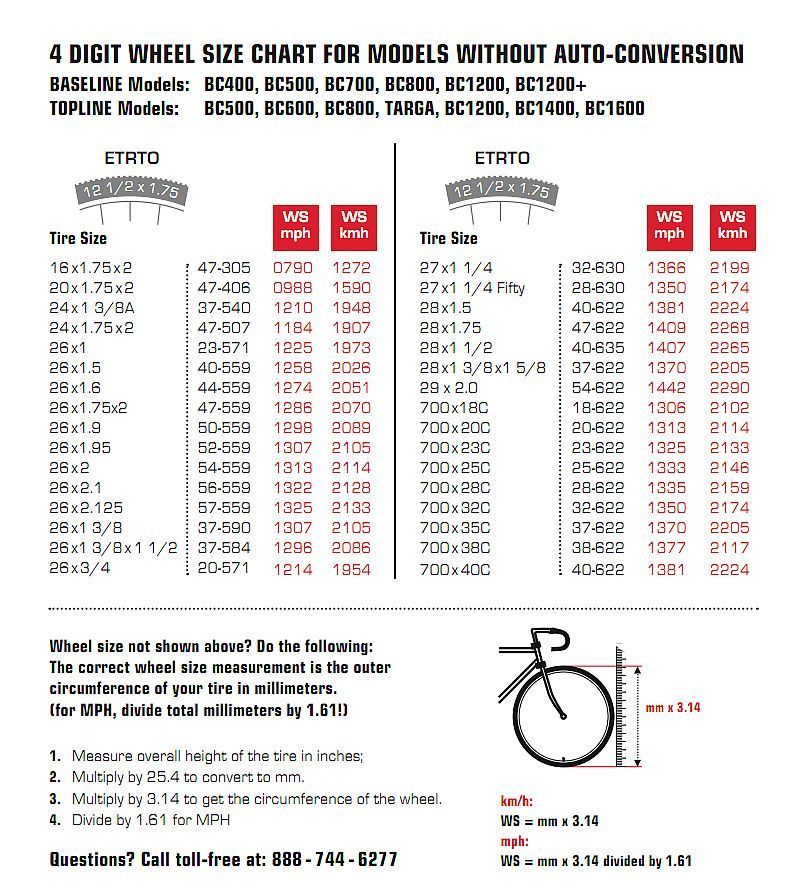
When driving, pay attention to whether the car is pulling to one side. If this happens, then a swap is required.
